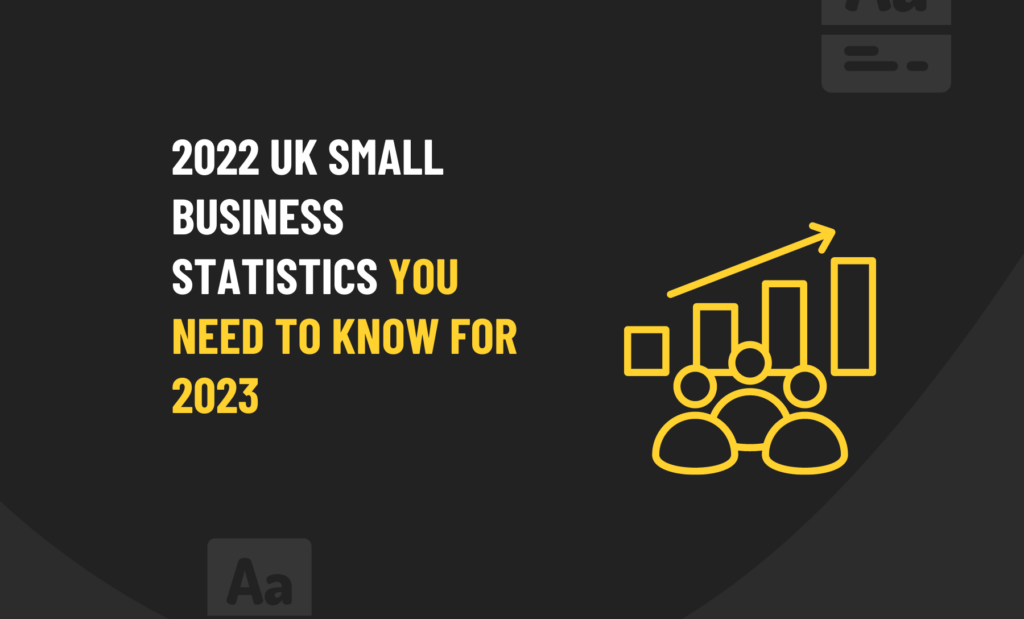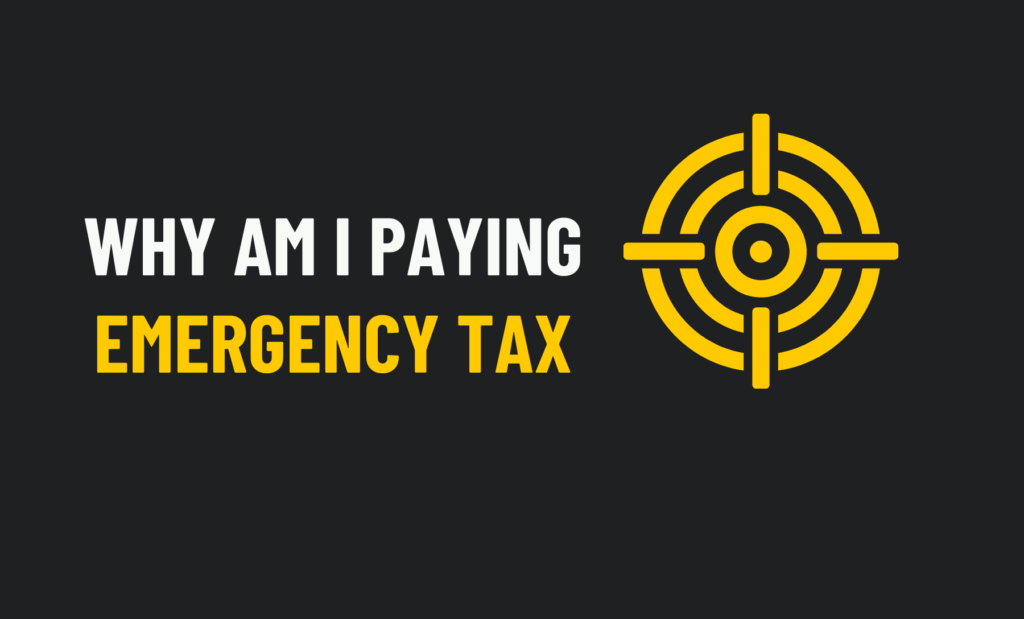2022 UK Small Business Statistics You Need to Know for 2025

2022 UK Small Business Statistics You Must Know for 2025 At Pearl Lemon Accountants, we are all about small businesses. They are who we exist to serve, after all, whether they are established family businesses with decades of existence under their belts or scrappy new start-ups. So the fact that we are very interested in […]
Why Am I Paying Emergency Tax

Introduction When HMRC does not have accurate or adequate information about you, your income, or your tax data, emergency tax is triggered. Because they lack the information they need, the right tax code for you will be unavailable, and you will be assigned an emergency tax code. When you leave a job, you should be […]


